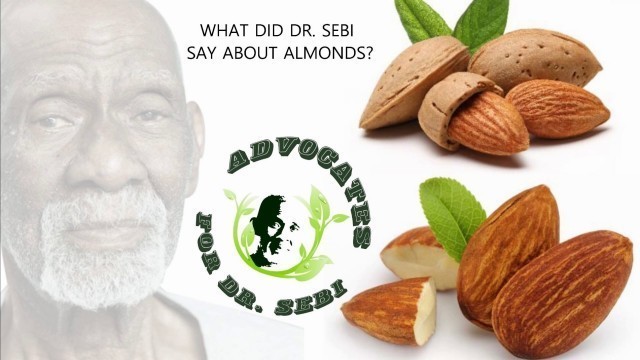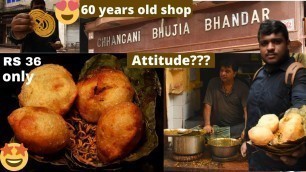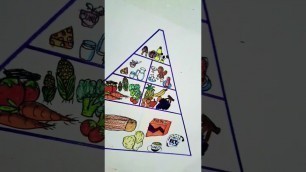

01:20
May 7, 2024
1
2
'Zee Malachi & Dr. Sebi Build on the Nutritional Guide - In Part. So you think you can grow almonds like Dr. Sebi did and it would be all good? Dr. Sebi grew spinach, almonds and other foods on the land of Usha village that are not listed on the nutritional guide. Growing it ourselves is not all that we would need to be able to do in order to consume it with the idea that it is no longer detrimental. Dr. Sebi would grind up burdock, other plants and herbs, make a tea and water these hybrid foods. Not only corporations but farmers in the East as well as South Americans are responsible for some food toxicities and experiments that they make us especially concerned about the soil, water and food that would be offered to anyone across the globe. In relation to almonds, when Dr. Sebi was faced with this concern, he removed it from the list of the nutritional guide. If agriculture organizations were not able to do things to reduce the amount of cyanide exposure in almonds, why wouldn\'t you be concerned about whether or not you would be able to as well? It is reported that the original almond was bitter and became sweet after being domesticated. There are reports about where almonds naturally come from (2 of 2): #1. Mostly grow in Mediterranean climates located between 28 and 48 degrees north latitude and between 20 and 40 degrees south latitude. Southwestern Asia is the native region of the almond tree, but about 80 percent of the world\'s almond supply comes from California. #2. The almond is native to the Mediterranean climate region of the Middle East, eastward as far as the Yamuna River in India.[9] In Iran, India, Pakistan, Afghanistan, Azerbaijan and other Central Asian countries, it is known as bādām. It was spread by humans in ancient times along the shores of the Mediterranean into northern Africa and southern Europe, and more recently transported to other parts of the world, notably California, United States.[9] The wild form of domesticated almond grows in parts of the Levant (Cyprus, Egypt, Iraq, Israel, Jordan, Lebanon, Palestine, Syria, and Turkey). The fruit of the wild forms contains the glycoside amygdalin, \"which becomes transformed into deadly prussic acid (hydrogen cyanide) after crushing, chewing, or any other injury to the seed.\" To sum things up, when we talk about consuming foods from what is claimed to be their native and naturally tropical territories, lets not forget about plant, herbs and food domestication. Just how certain are you that you are eating something NATIVE to the land?'
Tags: dr. sebi , african bio mineral balance , Zee Malachi
See also:










!['[SKYFACTORY 4] EP15 - DONUT SAPLING & SANDWICH STATION (HELP/TUTORIAL)'](https://cdn-img01.verybestfoodrecipe.com/images/49-m/867/867347_m.jpg)






comments